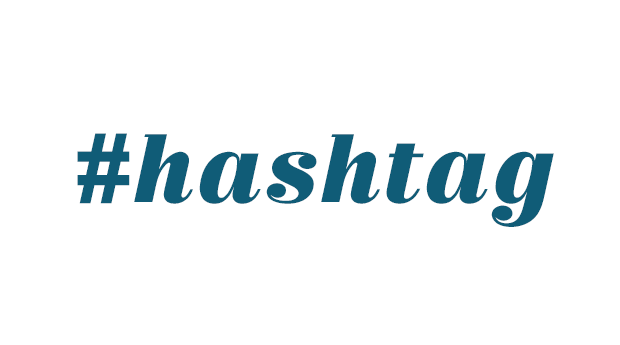The Hashtag As A Content Forwarding Tool
It is now possible to use the hashtag even for Facebook postings. This may sound simple and trivia for a lot of social media users abut when you think of the many other possibilities that accompany hashtag use, you are sure to realize one huge benefit: A higher discussion participation rate among users.
The hashtag, more popularly known in social media and other web technologies as the # typed out before words or within particular phrases, is a form of metadata that allows information seekers access to groups of specific information in the web. Social media users customarily post on Twitter or Facebook using hashtags to go with them so that it becomes open to more responses in and out of the social media sphere like media websites, events, or blogs.
Strategic Promo
Online technologies have long used tags to enable various online tech users to access info via search engines. How any information becomes easily accessible online via search engines depends largely on how well its creators make tags. While open web browsers are built around such informational access promoters, social media has occasioned the hashtag phenomenon as a content forwarding tool found to be strategic in terms of the focused audience it hopes to target. The hashtag could prove beneficial to the retail cycle in the following ways:
- When brands channel advertising or sponsored content in social media. The average social media user as a potential consumer stands to conveniently make info easier to access when brands choose to accompany content with hashtags. It narrows down search activities to specific results and saves the user considerable online time to sift through wide search results. When it becomes easy for brands to be accessed online by more and more potential consumers, the potential for more sales becomes bigger.
- When users resort to hashtags, response evaluation becomes more revealing. Companies that access brand response in social media engagements could carefully evaluate how users respond to certain brands in the same focused manner to reveal vital aspects of market behavior. The more ideas that certain brands exude, the more possibilities that users/consumers could be able to find for themselves themes that resonate. More ideas to exude enable more hashtags to be possible in postings. The area for available and accessible info simply widens.
- Mobile device retail becomes even richer with forwarded content. When the mobile device user market that also inhabits a large pat of social media and virtual retail becomes more and more proficient with hashtags, the relay of shareable information becomes more focused and therefore richer. Access to information via mobile devices is an ever-present occurrence among many users that it has become the norm. For online or virtual retailers therefore, the decision to use hashtags depends on the marketing strategy of those involved in the selling.
Revenue Stream
Online tech users who habitually surf the net for various forms of info streams via mobile devices or even desktop PCs are the most usual objects of retail action and provocation by brands. Marketers and advertisers of brands, products or services who engage consumers via the various online tech systems like blogs, websites, online publishing or social media often ply people with information with the hope of “harvesting” initiatives from that audience.
A hashtag typed next to any word that signifies any idea, specific interest or talking point, when used by brands to exude various ideas related to products or services, could make itself accessible to as many potential consumers as a stream of info online. That stream could prove beneficial to a brand’s revenue stream when handled well in the ensuing retail action.


















